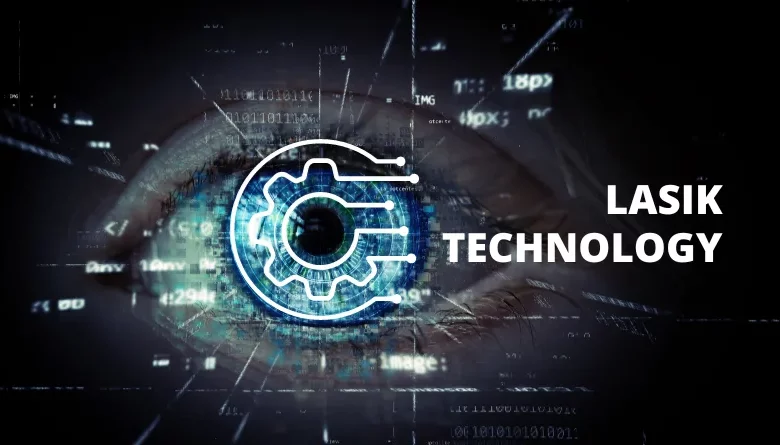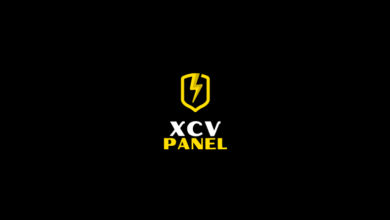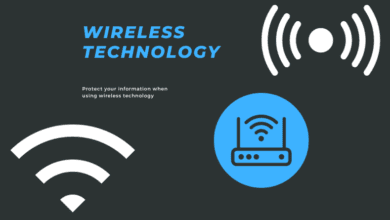

In recent years, significant advancements in LASIK (Laser-Assisted In Situ Keratomileusis) technology have transformed the area of refractive eye surgery. Because there are so many options available, navigating the LASIK technology world may be challenging. This thorough guide will walk you through the most cutting-edge LASIK procedures, explaining their advantages, new developments, and commonly asked questions.
Introduction
LASIK surgery has become popular for individuals seeking freedom from glasses and contact lenses. The procedure, which involves reshaping the cornea, has evolved over the years with the introduction of cutting-edge technologies that enhance safety and efficacy.
Understanding LASIK Technology
LASIK technology encompasses various advancements in surgical equipment and techniques. Let’s explore the most advanced technologies available today.
What Is Wavefront in LASIK Technology?
Wavefront technology is a diagnostic method used to measure the imperfections in an individual’s eye. These imperfections are referred to as “higher-order aberrations.” Wavefront LASIK uses this detailed map to guide the excimer laser in reshaping the cornea more precisely. The aim is to reduce or eliminate vision issues that cannot be corrected by glasses or contact lenses.
How Does Wavefront Technology Work?
Wavefront technology works by emitting a wave of light into the eye. The light wave reflects off the retina and returns through the cornea, creating a unique map of the eye’s optical system. This map identifies subtle imperfections that contribute to visual abnormalities.
Advantages of Wavefront LASIK
Wavefront LASIK offers several advantages over traditional LASIK procedures:
Customized Vision Correction
Wavefront LASIK provides a personalized treatment plan, addressing the unique visual aberrations of each patient. This customization leads to improved visual outcomes.
Enhanced Night Vision
Patients often report improved night vision after Wavefront LASIK, as it minimizes halos and glare that may occur with other forms of vision correction.
Higher Success Rates
Due to its precision and customization, Wavefront LASIK has higher success rates in achieving 20/20 vision or better.
Wavefront LASIK vs. Conventional LASIK
Comparing Wavefront LASIK to conventional LASIK, the former stands out for its ability to address complex vision issues. While traditional LASIK offers excellent results for common refractive errors, Wavefront LASIK takes vision correction to the next level.
Is Wavefront LASIK for Everyone?
While Wavefront LASIK is a remarkable technology, not everyone is a suitable candidate. Factors like eye health, stable vision, and specific refractive errors play a crucial role in determining eligibility. A consultation with an eye care professional is essential to assess candidacy.


What to Expect During a Wavefront LASIK Procedure?
A typical Wavefront LASIK procedure involves creating a corneal flap using a femtosecond laser and then using an excimer laser guided by the Wavefront map to reshape the cornea. The process is quick, often lasting only a few minutes per eye.
Recovery and Aftercare
Recovery after Wavefront LASIK is relatively swift. Most patients experience improved vision within a day or two. Following the surgery, specific guidelines for eye drops and post-operative care should be followed.
Common Concerns and Risks
While Wavefront LASIK is safe and effective, there are common concerns and risks associated with any surgical procedure. Potential risks include dry eyes, halos, glare, and under-corrections. It is crucial to discuss these with your eye surgeon.
Wavefront lasik cost
On average, in the United States, you can expect the cost of Wavefront LASIK to range from $2,000 to $3,000 per eye. It’s important to note that some centers may offer all-inclusive pricing, covering pre-operative evaluations, the surgery itself, and post-operative visits. Others may have a more itemized pricing structure where each component is billed separately.
Importance of Precise Eye Correction
Clear vision impacts every aspect of our lives, from reading a book to driving a car. Precision in eye correction is vital to ensure that the quality of vision is not compromised. LASIK stands out for its precision in reshaping the cornea.
Types of laser eye surgery
Bladeless LASIK
Bladeless LASIK, or femtosecond LASIK, replaces the traditional microkeratome blade with a femtosecond laser to create the corneal flap. This technology enhances precision, reduces the risk of complications, and contributes to quicker healing.
Contoura Vision LASIK
Contoura Vision LASIK is a topography-guided procedure that uses advanced software to map irregularities in the cornea. It tailors the laser treatment to correct common refractive errors and subtle irregularities, providing patients with evident vision.
SMILE (Small Incision Lenticule Extraction)
SMILE is a minimally invasive LASIK alternative. It involves creating a small, precise incision in the cornea to remove a lenticule, reshaping the cornea and correcting vision. SMILE results in a quicker recovery and less discomfort compared to traditional LASIK.
PresbyLASIK
PresbyLASIK is designed for individuals with presbyopia, an age-related vision condition. This technology combines LASIK with monovision or multifocal approaches to provide clear vision at various distances, reducing or eliminating the need for reading glasses.
FAQs
Q1: Is LASIK painful?
Modern LASIK technologies have significantly reduced discomfort during and after the procedure. Most patients report minimal pain, if any, and any discomfort typically subsides within a day or two.
Q2: Am I a candidate for advanced LASIK technology?
Candidates for advanced LASIK technology should have stable vision, good overall eye health, and realistic expectations. An eye care professional can assess your suitability for specific LASIK procedures.
Q3: How long does it take to recover from LASIK surgery?
Recovery times vary depending on the LASIK technology used. Bladeless LASIK and SMILE often have quicker recoveries, with most patients experiencing improved vision within a day or two.
Q4: Are there any risks associated with advanced LASIK technology?
While LASIK is generally safe, risks exist, such as dry eyes, glare, or halos. Your eye surgeon will discuss potential risks and benefits during the consultation.
Conclusion
Various cutting-edge choices for vision correction are now available because of the ongoing development of LASIK technology. You should decide whether to use LASIK technology after speaking with a trained eye care specialist who can advise you on the best course of action based on your specific needs and interests. With today’s most sophisticated LASIK procedures, having clear, accurate vision has never been safer or simpler.





read my article